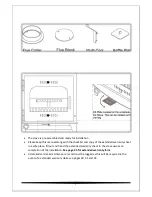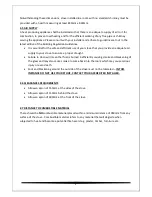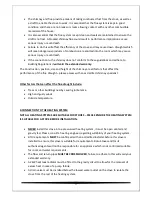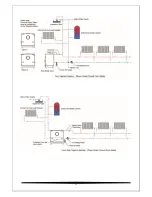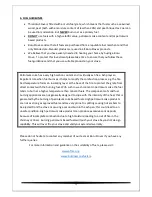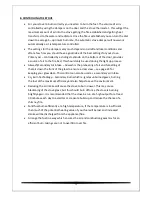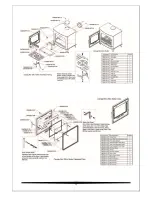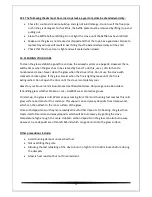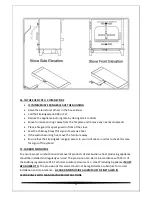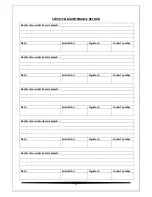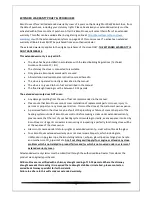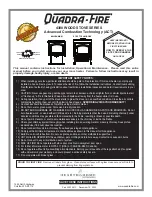
19
8. CONTROLLING THE STOVE
For your stove to burn correctly you need air to burn the fuel. The volume of air is
controlled by using the dampers on the door and the stove thermostat - this will get the
maximum amount of air into the stove getting the fire established and getting heat
transferred to the water and radiators. Once the fire is established you can turn the dial
down to average 4 – optimum burn rate, the automatic stove damper will now work
automatically as it is temperature controlled.
The settings for the dampers very much depends on draft and local conditions and
after a few fires you should have a good idea of the best settings for your stove.
Primary Air – controlled by a sliding steel knob on the bottom of the door, provides
a source of air to the fire bed, this should only be used during the light up process.
Airwash/Secondary Air Intake – Airwash is the preheating of air and funnelling of
that air down the front of the glass to ensure a clear view – see page 24 for
keeping your glass clean. This control can also be used as a secondary air intake.
Co
2
Burn Technology – Secondary burn which re-ignites unburned gases, burning
the fuel at the maximum efficiency and also helps to save the environment.
Reducing the air intake will cause the stove to burn slower. This may cause
blackening of the stove glass, but this should burn off once the stove is burning
brightly again. It is recommended that the stove be run at a high output for at least
30 minutes each day to avoid tar or creosote build-up and reduce the chance of a
chimney fire.
Solid fuel burns efficiently at a high temperature, if the temperature is insufficient
then much of the potential heating value of your fuel will be lost and increased
smoke will be discharged from the appliance/flue.
Arrange the fuel in a way which ensures the air and combustion gases mix for an
efficient burn, taking care not to overfill or over fire.

